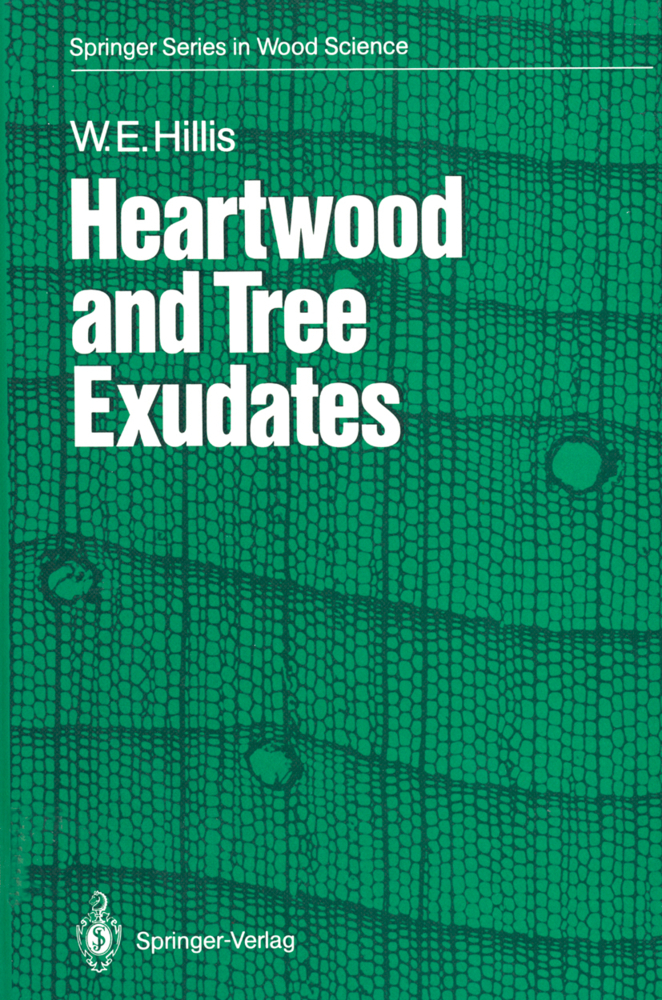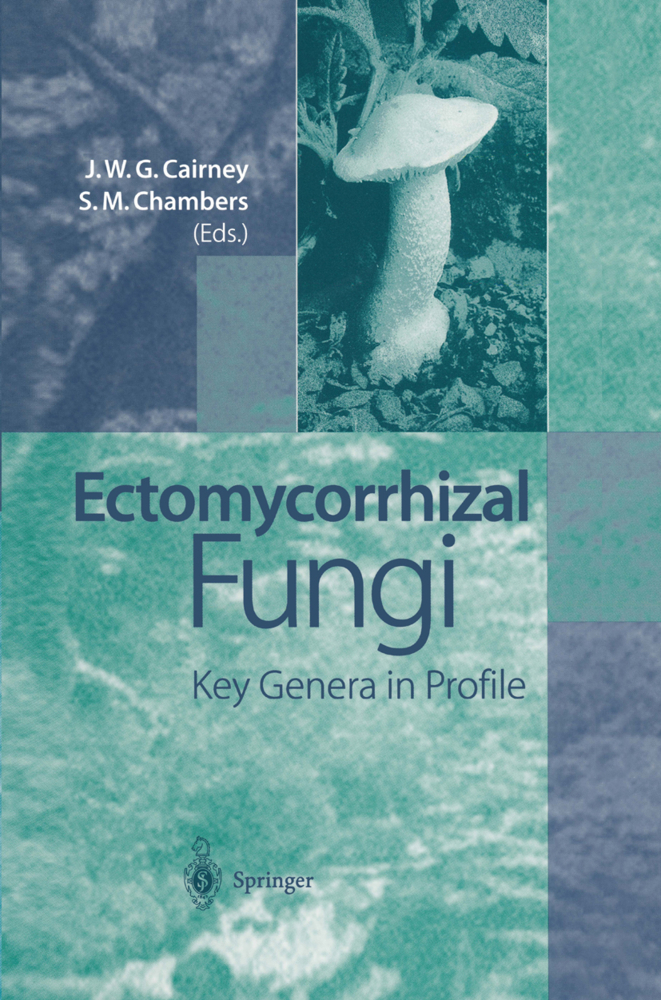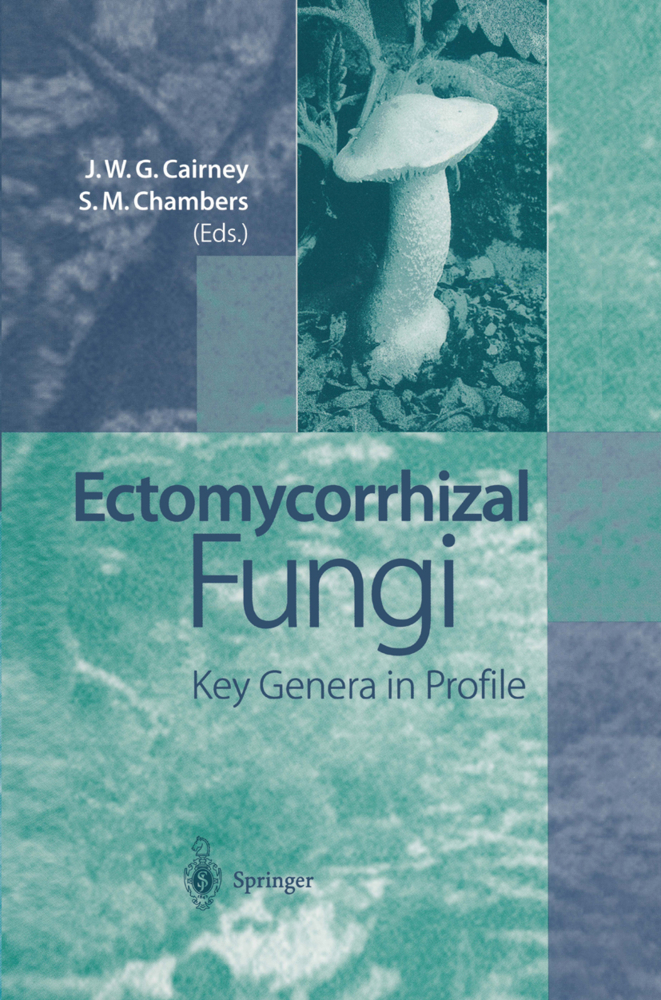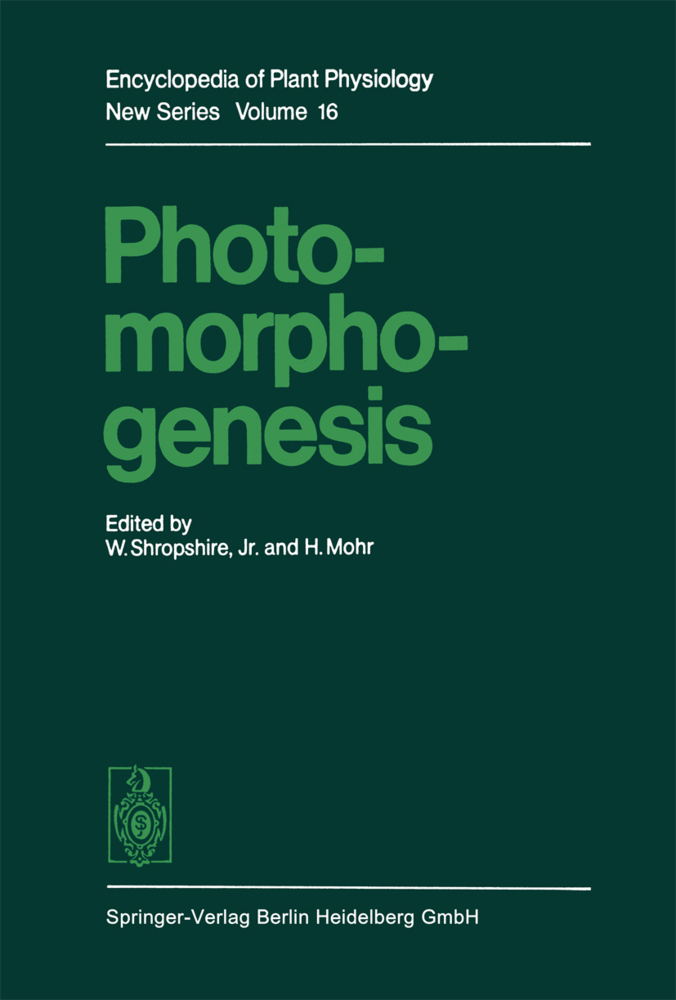Heartwood and Tree Exudates
Heartwood and Tree Exudates
Why prepare a treatise on Heartwood and Tree Exudates? Why consider both topics together? What approach should be taken in their treatment? The exudates were one of the earliest items of trade between family, tribal, and racial groupings in prehistoric times. They became used extensively as items for the manufacture of implements and as commercial goods for illumination, for cosmetic, religious and magical purposes. Later heartwood from various trees entered intra and international trade for prestigious and religious buildings (when cedars were used), for the furniture (e.g., ebony, mahogany) of the nobility, for boats and vehicles. Consideration of their relevance to anthropology, and to the origin of technological developments in different primitive cultures, would satisfy a personal life-long interest. Attention to such a topic is urgently needed now that the development and destruction of land and forests is increasing and wiping out the traces of earlier people to meet the demands of the rapidly enlarging populations of today. The latter represents an even more urgent need. Increasingly, mankind will depend on renewable,resources produced at low energy cost. Forest products are one of these and the greater demands for them will require their growth and utilization with reduced loss and waste.
1.2 Changing Uses of Forests
2 Definitions and Descriptions
2.1 Introduction
2.2 Sapwood
2.3 Intermediate Wood
2.4 Transition Zone
2.5 Heartwood
2.6 Tree Exudates and Extracellular Materials
3 Historical Aspects
3.1 The Use of Durable Woods
3.2 Exudates
3.3 Varnishes and Lacquers
3.4 Gums
3.5 Tannins
3.6 Dyes
3.7 Perfumes
3.8 Rubber
3.9 Medicines
3.10 Lessons from History
4 Influence of Forestry Aspects
4.1 Variation of Heartwood Volume
4.2 Formation of Exudates
5 Chemical Features
5.1 Water and Gases
5.2 Inorganic Compounds
5.3 Storage Substances and Intermediates
5.4 Nitrogenous Compounds
5.5 Ethylene
5.6 Type of Extractives
5.7 Amount of Extractives
5.8 Reagents for Heartwood Detection
5.9 Exudates
6 Biological Features
6.1 Sapwood
6.2 Transition Zone
6.3 Heartwood
6.4 Wound Wood and Chemically Affected Wood
6.5 Exudates
7 Function, Formation, and Control of Heartwood and Extractives
7.1 Function and Volume of Sapwood
7.2 Types and Formation of Heartwood
7.3 Features of Heartwood and Woundwood
7.4 The Transition Zone and its Formation
7.5 Function of Extractives and Exudates
7.6 Formation of Exudates and Extractives
7.7 Initiation of Formation of Heartwood, Extractives, and Exudates
7.8 Factors Controlling the Nature of Extractives and Exudates
7.9 Activities at Cellular Levels
7.10 Conclusions
References.
1 Introduction
1.1 Prehistoric and Ancient Use1.2 Changing Uses of Forests
2 Definitions and Descriptions
2.1 Introduction
2.2 Sapwood
2.3 Intermediate Wood
2.4 Transition Zone
2.5 Heartwood
2.6 Tree Exudates and Extracellular Materials
3 Historical Aspects
3.1 The Use of Durable Woods
3.2 Exudates
3.3 Varnishes and Lacquers
3.4 Gums
3.5 Tannins
3.6 Dyes
3.7 Perfumes
3.8 Rubber
3.9 Medicines
3.10 Lessons from History
4 Influence of Forestry Aspects
4.1 Variation of Heartwood Volume
4.2 Formation of Exudates
5 Chemical Features
5.1 Water and Gases
5.2 Inorganic Compounds
5.3 Storage Substances and Intermediates
5.4 Nitrogenous Compounds
5.5 Ethylene
5.6 Type of Extractives
5.7 Amount of Extractives
5.8 Reagents for Heartwood Detection
5.9 Exudates
6 Biological Features
6.1 Sapwood
6.2 Transition Zone
6.3 Heartwood
6.4 Wound Wood and Chemically Affected Wood
6.5 Exudates
7 Function, Formation, and Control of Heartwood and Extractives
7.1 Function and Volume of Sapwood
7.2 Types and Formation of Heartwood
7.3 Features of Heartwood and Woundwood
7.4 The Transition Zone and its Formation
7.5 Function of Extractives and Exudates
7.6 Formation of Exudates and Extractives
7.7 Initiation of Formation of Heartwood, Extractives, and Exudates
7.8 Factors Controlling the Nature of Extractives and Exudates
7.9 Activities at Cellular Levels
7.10 Conclusions
References.
Hillis, William E.
| ISBN | 978-3-642-72536-4 |
|---|---|
| Artikelnummer | 9783642725364 |
| Medientyp | Buch |
| Auflage | Softcover reprint of the original 1st ed. 1987 |
| Copyrightjahr | 2012 |
| Verlag | Springer, Berlin |
| Umfang | XIV, 268 Seiten |
| Abbildungen | XIV, 268 p. |
| Sprache | Englisch |











